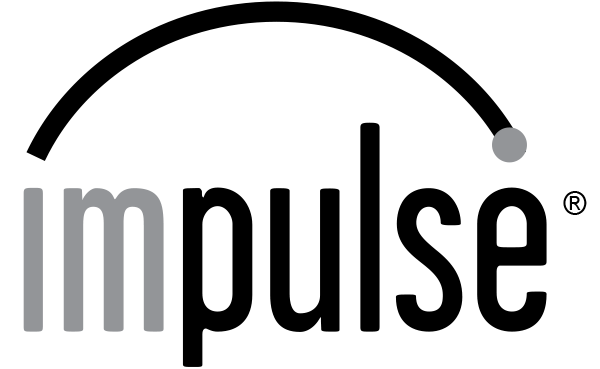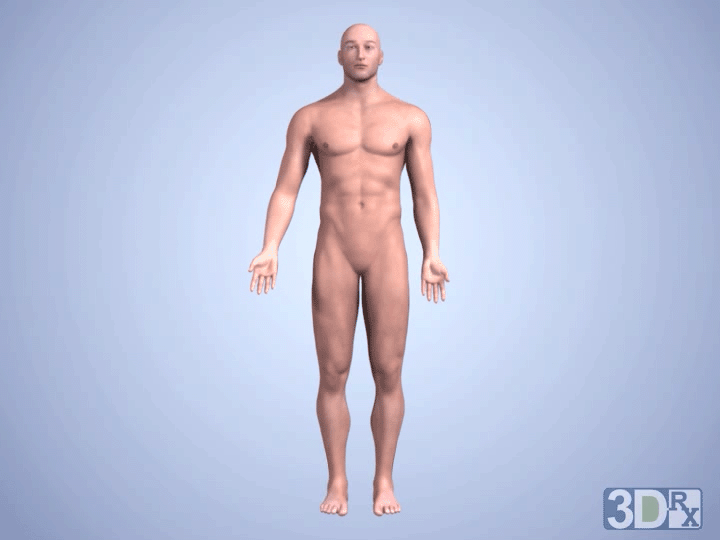Neuromechanical Impulse Joint & Spine Care.
A new innovative approach to chronic musculoskeletal pain and inflammation relief.
Root-Cause Approach to Restoring Joint, Spine and Connective Tissue Function.
Neuromechanical Impulse Treatment employs a root-cause approach to reversing acute and chronic pain in soft tissue, ligaments, joints and throughout the spine.
Low Back Pain
Neck Pain
Hand & Wrist Pain
Muscle Spasms
Carpal Tunnel Syndrome
Sciatica
Headaches
Muscle Soreness
General Fatigue
Spinal Stenosis
Disc problems
Numbness
Scoliosis
Spondylolisthesis
Shoulder & Arm Pain
Hip & Knee Pain
Whiplash Injuries
Jaw & TMJ
Cervical Spondylosis
Foot & Ankle Pain
Neuromechanical Impulse Treatment Explained
“Neuromechanical Impulse” treatment is a rapidly growing therapeutic approach that combines elements of neurology and biomechanics to address musculoskeletal conditions. It cinvolves the use of mechanical impulses or adjustments to affect the nervous system and promote proper joint and spinal function.
This new approach targets nociception stimuli across complex nerve impulse pathways. Rather than blocking or dulling nerve response, Neuromechanical Impulse treatment restores systemic mechanical motion to optimize neurological response within the nervous system.
How it all works.
Neuromechanical Impulse Practitioners diagnose the root cause of pain through a combination of techniques and assessments. Here are some common methods they use:
Step 1. Patient History
Practitioners begin by taking a detailed history of the patient’s symptoms, medical history, lifestyle, and any previous injuries or traumas. This information helps them understand the context and potential factors contributing to the pain.
Step 2. Physical Examination:
Practitioners perform a thorough physical examination, including observing the patient’s posture, range of motion, and overall mobility. They may also conduct specific orthopedic and neurological tests to assess muscle strength, joint function, and nerve integrity.
Step 3. Palpation:
Practitioners use their hands to palpate the spine, muscles, and other affected areas. This allows them to identify areas of tenderness, muscle tightness, joint restriction, or misalignments (subluxations) that could be causing or contributing to the pain.
Step 4. Imaging:
In some cases, practitioners may request imaging studies such as X-rays, MRI scans, or CT scans to get a more detailed view of the spine, joints, or other affected areas. These images can help identify structural abnormalities or pathology that may be related to the pain.
Step 5. Motion Analysis:
Practitioners may use specialized equipment or tools to assess a patient’s movement patterns and biomechanics. This can provide insights into any imbalances, misalignments, or dysfunctional movement patterns that could be causing pain.
Additional diagnostic tests may be employed depending on the specific situation, Neuromechanical practitioners are highly trained and my may order additional diagnostic tests, such as blood tests or nerve conduction studies, to gather more information and rule out other potential causes of pain.
Based on the information gathered through these assessments, practitioners formulate a diagnosis and determine the underlying causes of pain. They then develop an appropriate treatment plan, which typically includes Neuromechanical Impulse treatment, various manual therapies, exercises, and lifestyle recommendations to address the root cause and alleviate the pain.
Pain Symptoms?
What You Should Know When Selecting A Neuromechanical Impulse Care Doctor
Primary Care Doctors
![]()
Many primary care practitioners support a wide range of care including Neuromechanical Impulse treatment. Your primary care doctor is likely to refer you to a Doctor of Osteopathic Medicine or a Doctor of Chiropractic specializing in Impulse care.
Orthopedic Doctors
![]()
A growing number of Orthopedic Doctors use Neuromechanical Impulse treatment in functional practice. It is often more difficult to obtain an appointment directly without a referral from your primary care physician. Your primary care physician my not know which Orthopedic offices offer these services.
Rheumatology Doctors
![]()
Doctors of Rheumatology often see patients with complex symptomology. Rheumatologists who have Neuromechanical awareness will likely refer you to a Doctor of Osteopathic Medicine or a Doctor of Chiropractic specializing in Impulse care.
Chiropractic Doctors
![]()
Narrowly focused training in systemic nervous systems, tendon/ligament, mechanical joint movement and conditions of the spine. Notably the most predominant group implementing this care, their hands-on experience and practical knowledge proves advantageous in Neuromechanical Impulse Treatment.
Neurosurgery Doctors
![]()
Doctors of Neurosurgery see patients referred to them for surgery. This group of doctors use advanced methods to determine the necessity of surgery. They often refer patients to other specialists if a positive outcome is likely without surgery.
Osteopathic Doctors
![]()
Considered a specialist among medical doctors, Osteopathic Doctors have advanced practical training in systemic conditions caused by the nervous systems and mechanical joint movement. (Neuro-Mechanical Systems) Rather than treating symptoms these specialists are highly focused on identifying the root cause.
Neuromechanical Impulse Common Treatment Areas
Neuromechanical Impulse addresses over 85 common and advanced conditions. The following examples are some of the most comon.

Shoulder-Arm-Wrist
Shoulder, arm, and wrist pain are common complaints that affect millions of people worldwide. The pain can range from mild discomfort to severe pain, and it can be caused by a variety of factors, including injury, overuse, or underlying medical conditions.
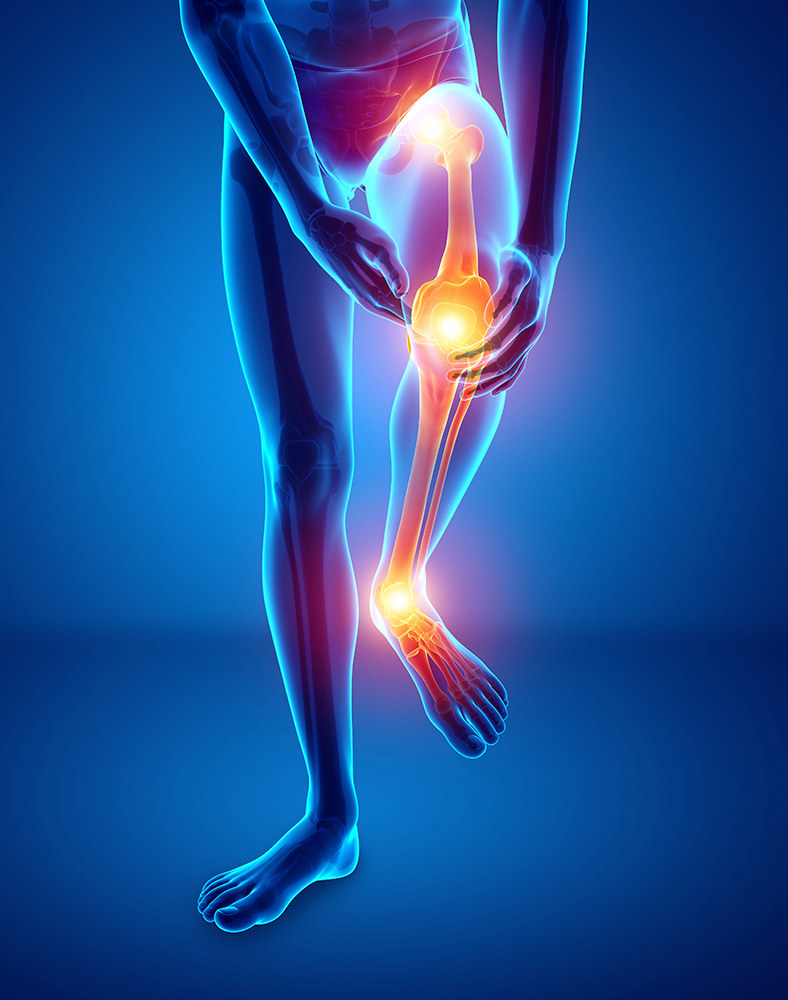
Knee-Leg
Knee and leg pain can be caused by including injuries, overuse, and various medical conditions.
Leg and knee conditions can significantly impact daily life, depending on their severity and the individual's overall health. Here are some possible causes and remedies for knee and leg pain:
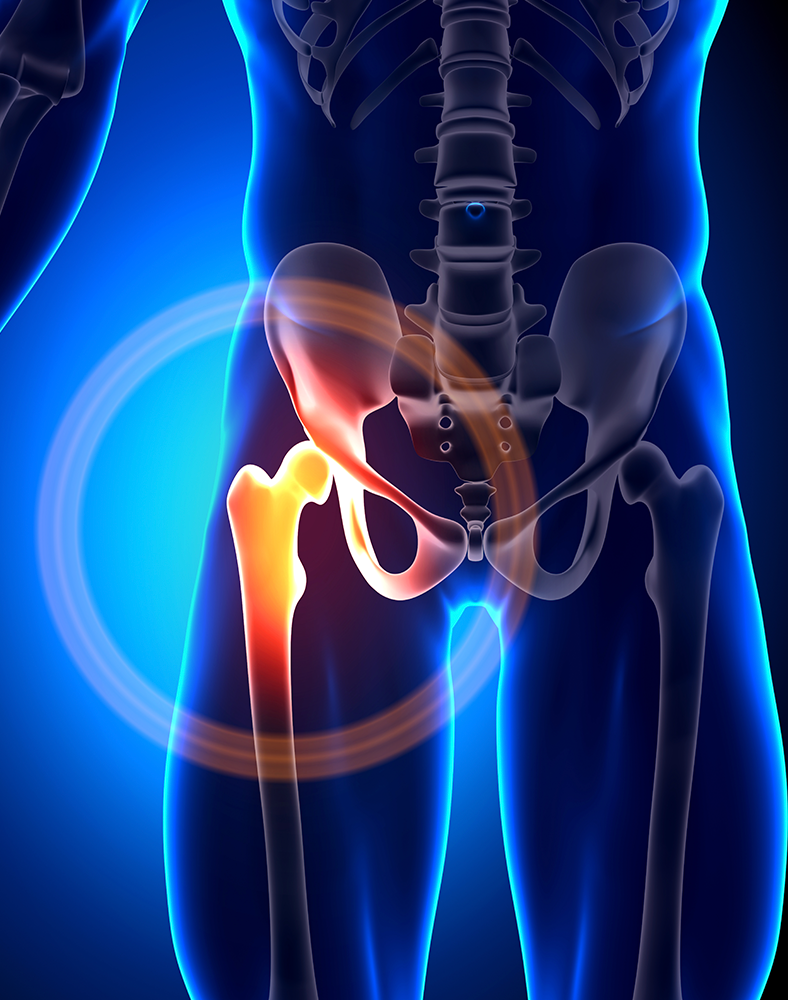
Hip-Pelvis
The pelvis and hip are interconnected structures that play crucial roles in supporting the upper body, providing stability, and facilitating movement. Various conditions can affect the pelvis and hip, including injuries, degenerative diseases, and structural abnormalities.
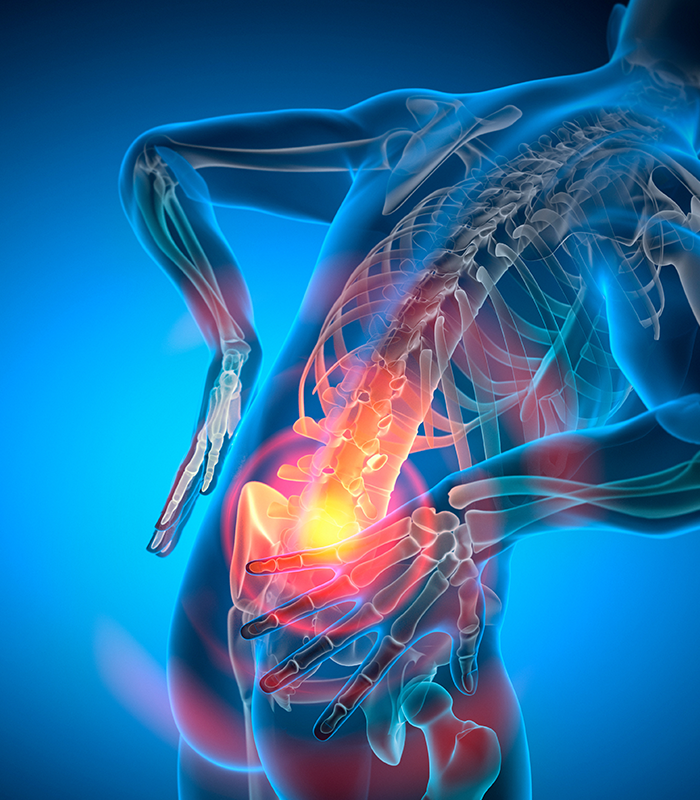
Lower Back-Sciatic Nerve
Lower back pain is a common condition that can be caused by various factors, such as muscle strains, herniated discs, spinal stenosis, or degenerative disc disease.
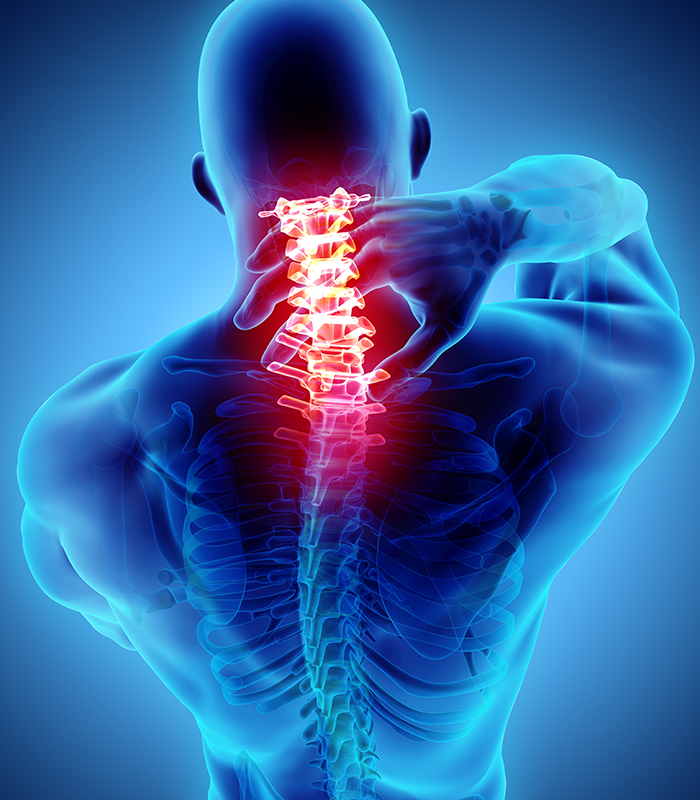
Neck-Spine
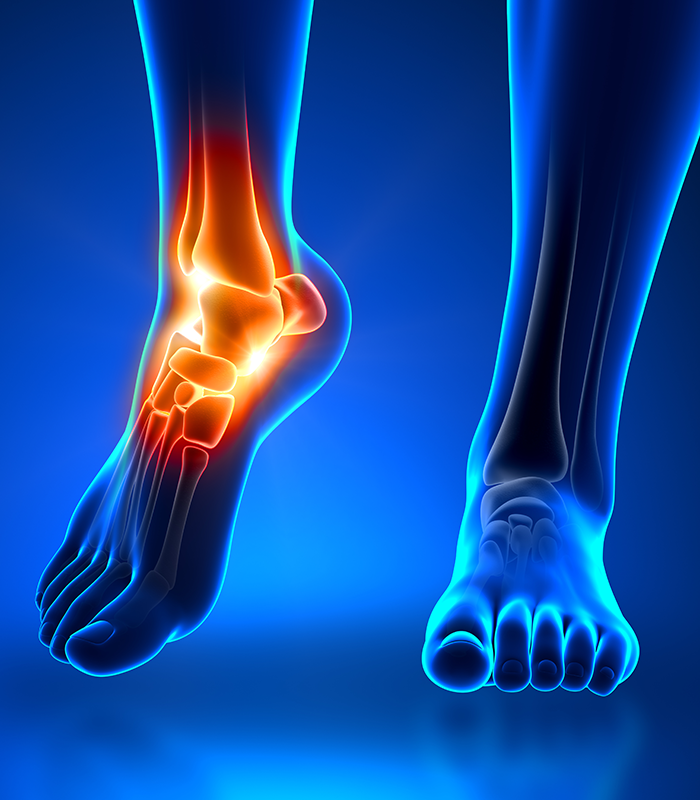
Ankle & Foot
Your Wellness Journey
Starts Here
Please use this form for help with Neuromechanical Impulse Therapy.
We will connect you with a practitioner in your area.
